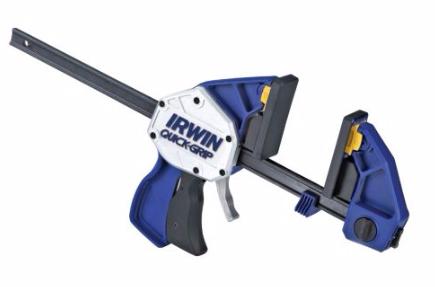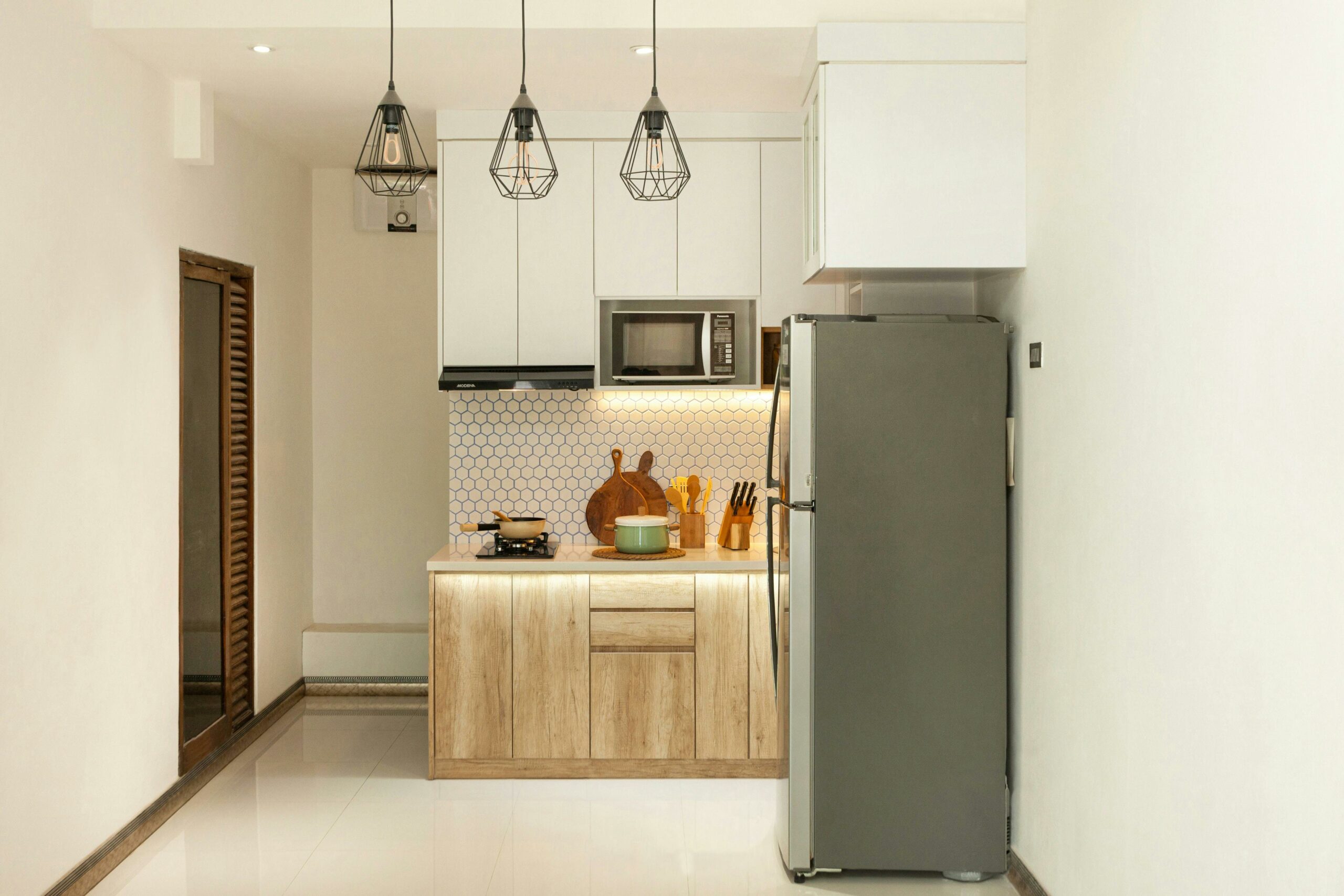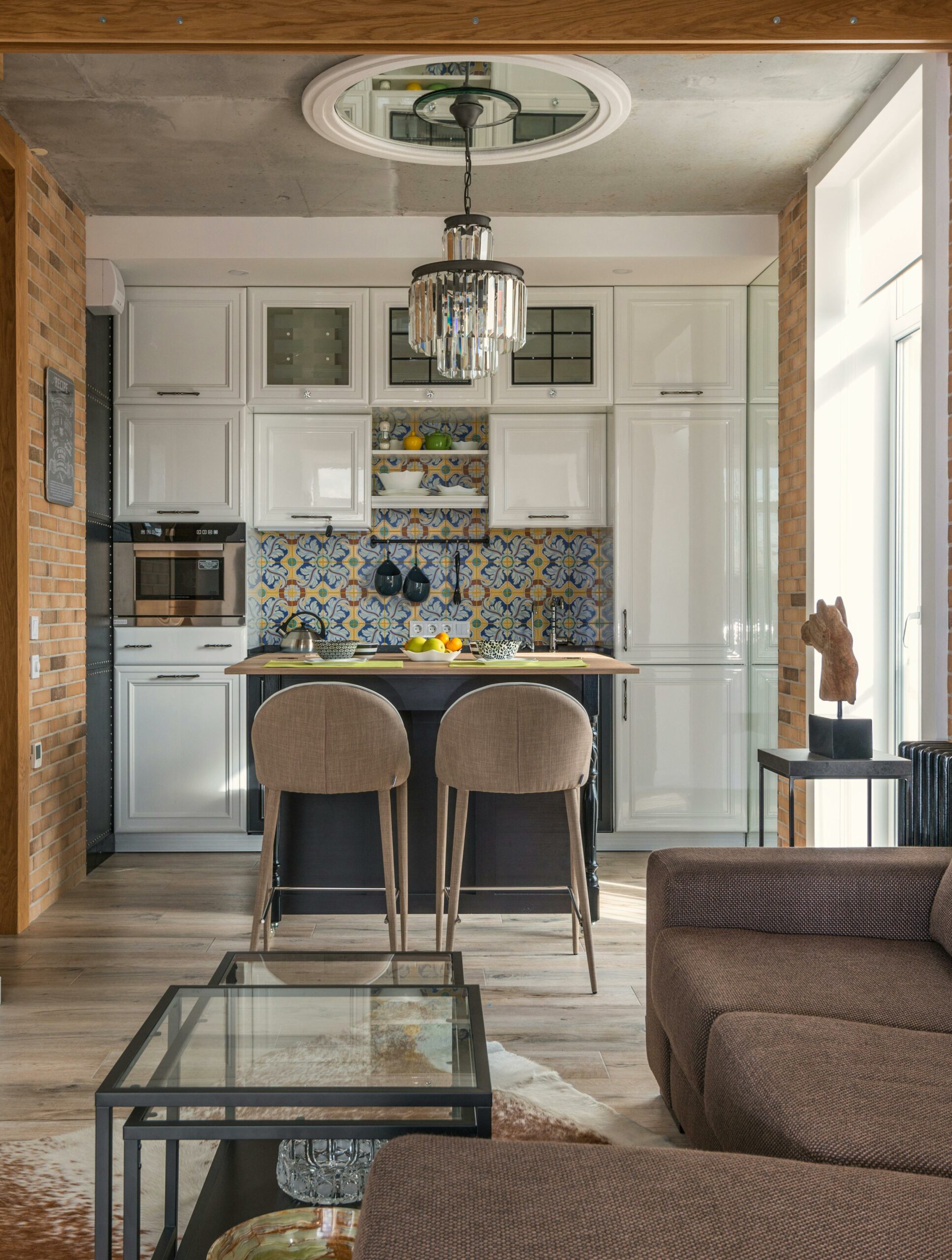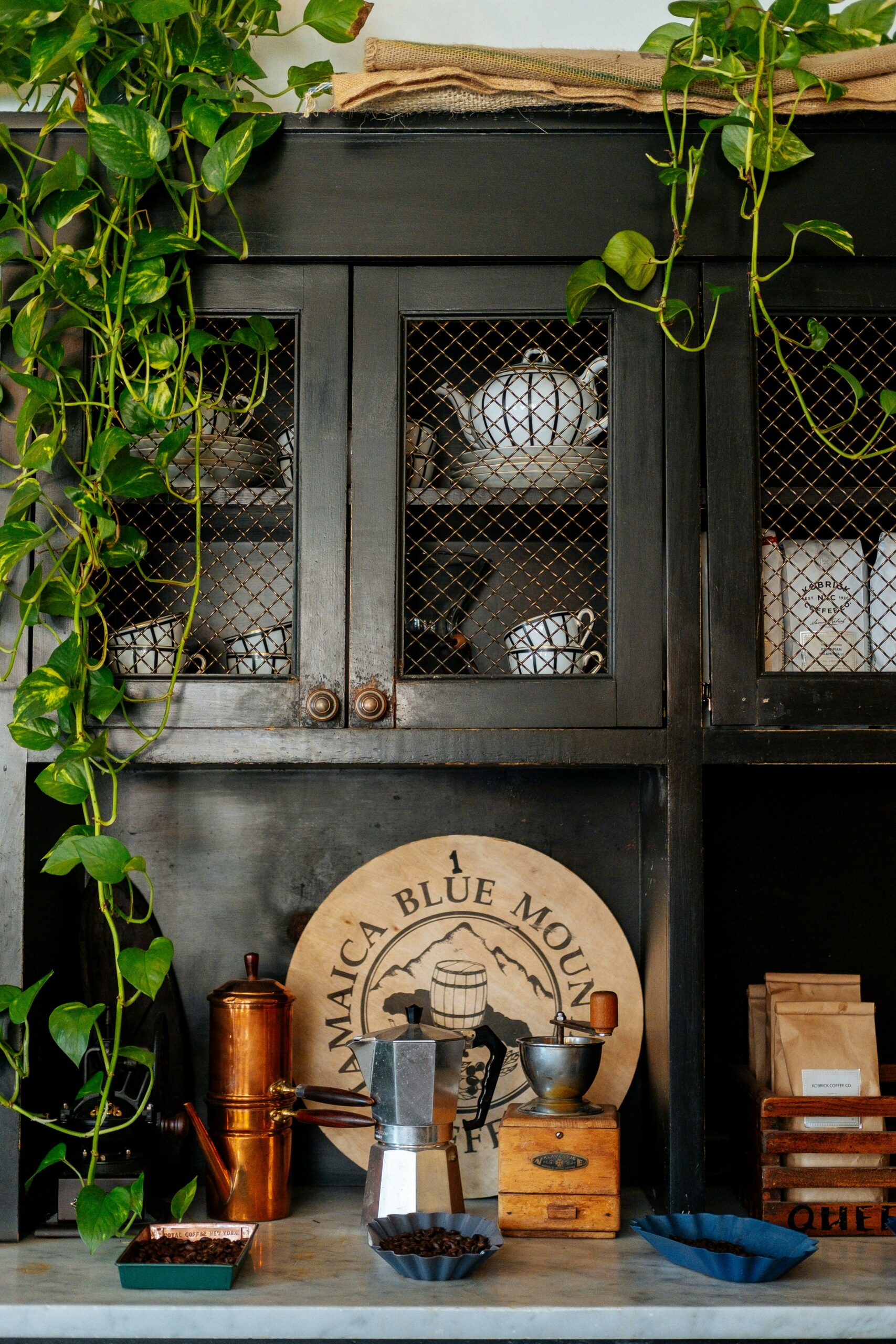Do you want to start designing your decoration? I am passionate about DIY, I grant you that it is a rewarding hobby when we can enjoy our creations in our home. And is not it also a way to save?
Before you come up with creative ideas, let’s first see if you have everything you need to build and create. It would be a shame to be stuck at an important stage because you are missing a tool or worse, lose the motivation to finish it.
Here are the 10 essential tools for your DIY projects and small renovations, which require a little more than hot glue and scissors! The proposed brands in the image are only examples.
1. A set of complete screwdriver
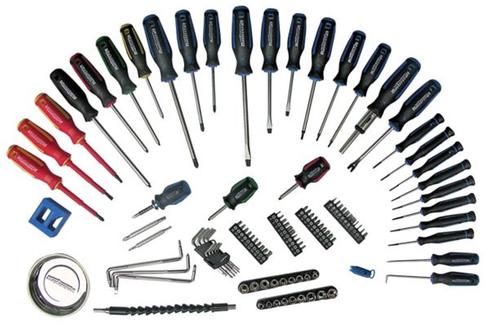
No need to break your head with this set. All screwdriver heads are united; different sizes of squares, plates and stars. Sleeve lengths are also varied, because sometimes the accessibility to screw is restricted.
2. A tape measure
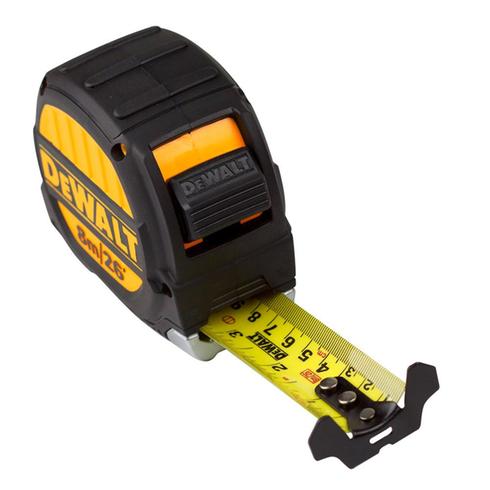
In addition to this set of screwdrivers, get a good tape measure. It is important that it is of good quality, otherwise it will bend at a certain length, preventing you from taking your measurement properly.
3. A battery drill / screwdriver
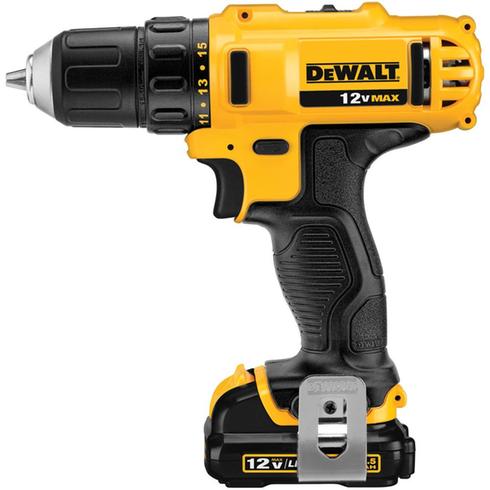
I prefer to use a 2 in 1 with this tool. The force in volts is important when choosing a drill / screwdriver, which can as much hole as a screw with the wicks, for fast and solid work.
4. Wicks to drill
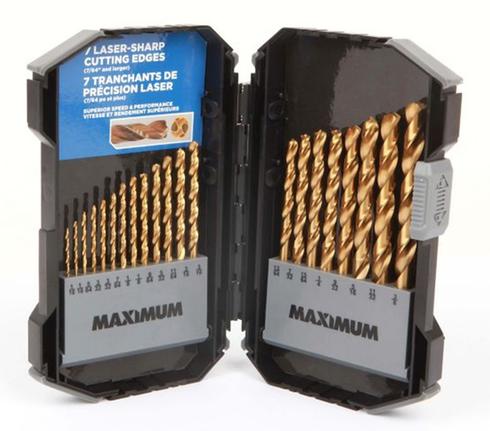
We must bring wicks for our drill. Be careful in the choice of these since there is for wood, metal and concrete. Take a set for the wood. When we choose the wicks for metal or concrete, we line up for work requiring a little more experience …
5. An electric sander
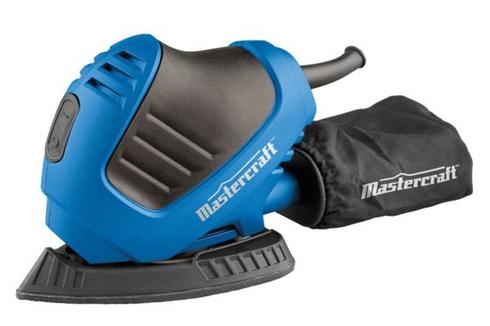
This tool is important when working in large areas such as furniture. The electric sander allows us to remove the old paint on a surface and prepare it for the new coating. Moreover, sandblasting between the layers of varnish allows us to have a flawless finish, for example. So, rather than sanding by hand with unequal force (because of fatigue), it is imperative to bring an electric sandblaster.
6. A circular saw
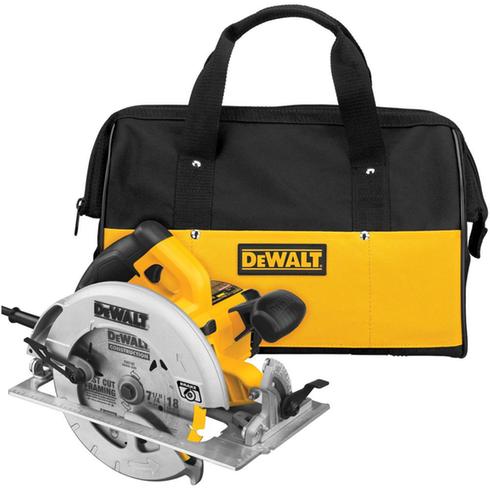
The saw is perfect for making cuts in a thick wood. With a square pattern, we make beautiful straight lines. I suggest you use at least two kinds of blades, which are sold separately:
- one with big teeth, for coarse cuts (often offered with the purchase of the circular saw);
- another with small teeth, for a nice finishing cut.
Both are very useful. This tool is a must for intermediate DIY creations and small renovations that require cutting wood.
7. A jigsaw
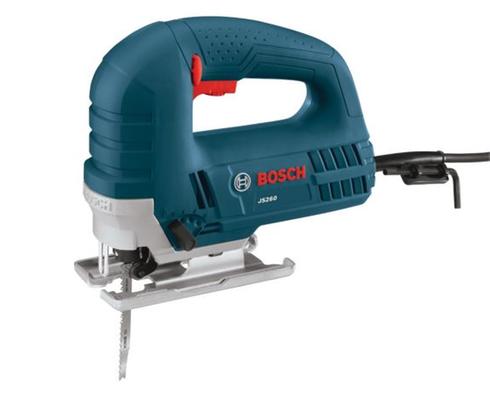
This type of saw allows us to make careful cuts on a flat surface. It’s great for making straight lines and rounded cuts. For example, if you plan to create a side table for the entrance or living room, the jigsaw is a necessity. Different finishing blades are needed and sold separately.
8. A carpenter’s square
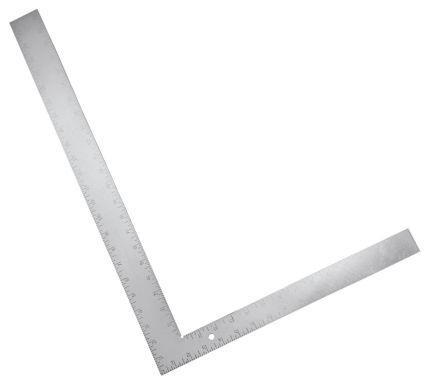
I mentioned in point 6 this tool to make straight lines. Indeed, it is useful to draw on the material that we are going to cut. It is just as useful for calculating the right lengths of what you want to create. I advise you to choose a square at least 16 X 24 inches in size.
9. A bar clamp
These large clamps are essential to stick two pieces together. Their strength makes it possible to stick and solidly build your furniture or decorative object in the making. Choose the longest tongs possible. It has happened to me that I do not join both ends because the clamp was not long enough …
10. A level
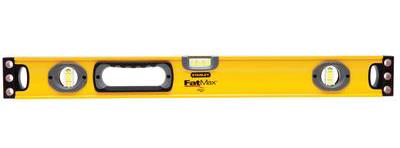
It is one of the most important tools for the design of intermediate DIY projects. When creating objects, we must make sure that everything is straight and level, because let’s face it: nothing is more disturbing to the eye than a crooked or staggering piece of furniture!

